Both the Ashanti and Ewe people have a deep cultural connection to kente, but they approach the weaving tradition with unique styles, meanings, and historical contexts that reflect their distinct heritages. Kente Cloth produced by the Asante and Ewe people of Ghana has been valued by its creators for centuries and holds great cultural significance. In recent years the material has been used to create new products that can be sold to a larger number of consumers. The cloth is of economic importance, but is of particular importance to communities who know the history of the object and know its symbolic quality
Its Appearance 
Kente cloth is weaved from a combination of cotton and wool. Horizontal and vertical lines are arranged during weaving to form a consistent pattern of colourful squares that covers the cloth. Each cloth has a particular pattern and colour.
Cultural Significance
Kente Cloth is culturally important to the Asante and Ewe people of Ghana for slightly different reasons. In both cases, each cloth is uniquely named and uniquely patterned. These patterns and names carry specific meanings that are inspired by everything from individual experiences to moral values. Kente cloth fits with long established traditions.
For the Asante people, Kente cloth is linked to a local legend. The tale goes roughly as follows: Two young men learned the art of weaving by observing a spider creating its web. The spider agreed to teach them to weave with a single thread in return for a few favours, which they willingly completed. One of the young men later becomes the leading Kente weaver for the royals of his kingdom after word spread of his newly-acquired skill.
Kente cloth weaved by the Ewe people has a wider variety in patterns. 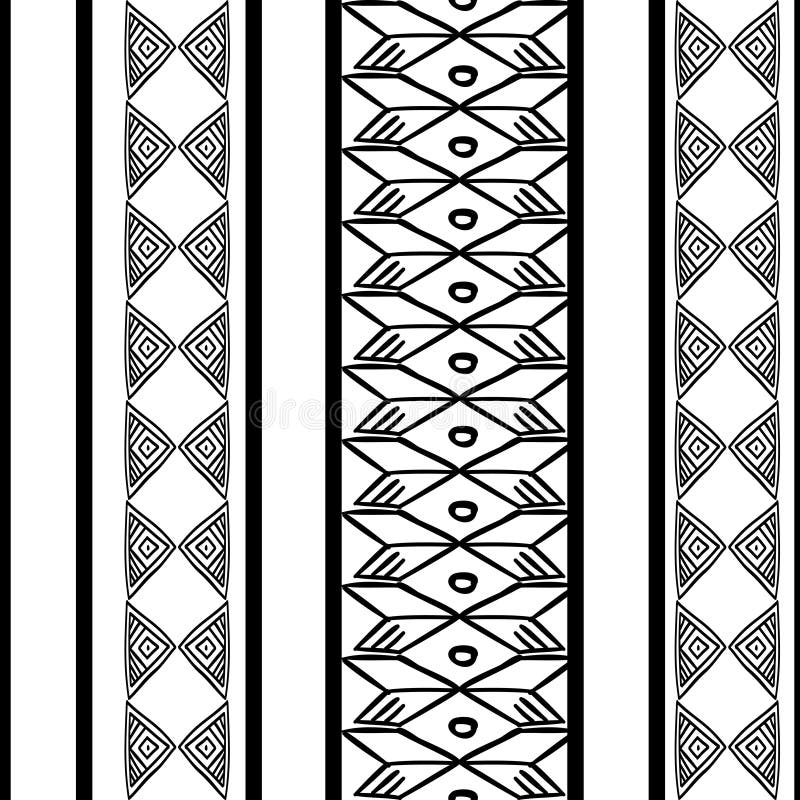 Rather than belonging to royal tradition, the Kente cloth in this way relates more to the experiences of daily life.
Rather than belonging to royal tradition, the Kente cloth in this way relates more to the experiences of daily life.
Parts of the loom on which Kente cloth is woven are also regarded to have symbolic significance.
How They Are Used
Whilst Kente cloth was once limited to Asante royalty and to certain social and sacred function, its uses are being re-adapted. The cloth is still associated with wealth, status and cultural heritage and is found in shrines. However, the cloth is being made into bags and other products for a wider range of purposes. Sometimes the cloth is hand-woven, or machine-printed, rather than woven on a loom. These products are sold or traded for economic gain.
1. Ashanti Heritage on Kente
Origins and Historical Significance: The Ashanti people, an Akan ethnic group from Ghana, are considered the original creators of kente. The cloth's origins are traced to the Ashanti Kingdom in the 17th century. Legend states that two Ashanti weavers, inspired by a spider weaving its web, developed the intricate weaving techniques used to create kente. Originally, the cloth was woven from silk and reserved exclusively for royalty, signifying wealth, power, and spiritual significance.
Symbolism and Patterns: In Ashanti culture, kente patterns, colors, and designs carry deep meanings:
Patterns: The patterns are often linked to proverbs, historical events, or cultural concepts. For example, the "Adweneasa" pattern means "my skills are exhausted," symbolizing excellence and craftsmanship. The "Sika Dwa" pattern, referring to the Golden Stool, represents the soul of the Ashanti Kingdom.
Colors: Each color in the cloth has a specific symbolism:.jpg?alt=media&token=692acbd0-c525-46fb-8246-02b126b2ff14)
Gold: Represents royalty and spiritual purity.
Black: Symbolizes maturity and spiritual energy.
Green: Represents fertility and growth.
Red: Stands for political and spiritual struggle.
Blue: Represents harmony and peace.
Royal and Social Significance: Among the Ashanti, kente is worn during important cultural events, including royal ceremonies, festivals (like Akwasidae), weddings, and funerals. Chiefs and members of the royal family wear it to signify their status, while different designs may indicate rank and lineage.
2. Ewe Heritage on Kente
Origins and Historical Background: The Ewe people, located in the Volta Region of Ghana, southern Togo, and parts of Benin, also have a strong weaving tradition. Though kente is commonly associated with the Ashanti, the Ewe have their own distinct style of kente weaving, which has been practiced for centuries. Unlike the Ashanti, who initially used kente for royalty, the Ewe used it more widely within the community, for various social classes and everyday purposes as well as special occasions.
Distinct Weaving Techniques and Designs: Ewe kente often features complex patterns and incorporates symbolic motifs into the fabric. Weavers may include images such as animals, plants, or objects that convey specific meanings or cultural stories.
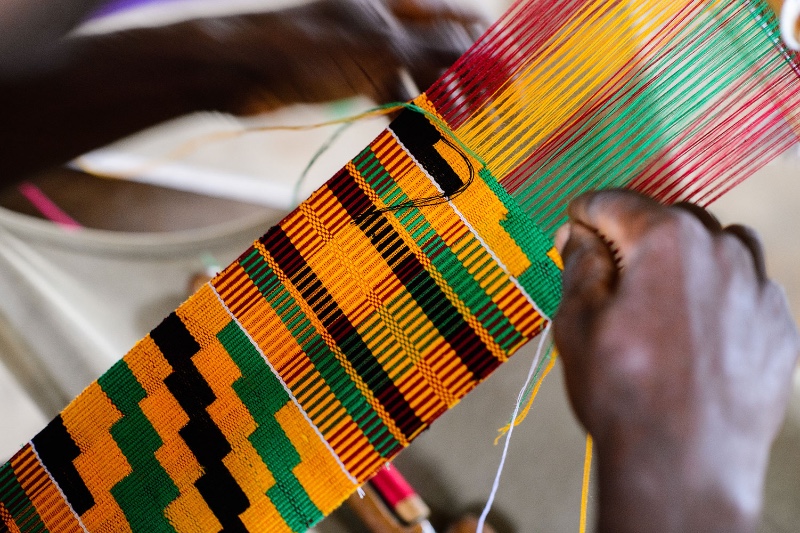 Kpetoe Kente Weaving Village is located near the Togo border, a cluster of villages called Kpetoe has produced kente cloth for generations. It is renowned for high-quality Ewe kente, which is unique in design and often less expensive than that from other regions.
Kpetoe Kente Weaving Village is located near the Togo border, a cluster of villages called Kpetoe has produced kente cloth for generations. It is renowned for high-quality Ewe kente, which is unique in design and often less expensive than that from other regions.
Kpetoe has begun efforts to provide expanded and more structured services for tourists. Meanwhile, visitors can have an interesting time exploring the villages, its weavers and kente shops on their own.
Things to Do
Visit the local kente weaving centre, a roofed, open-air building where up to 25 weavers work and display their products. Only about half of the weavers – speak English, but all will be happy to show their work and negotiate a sale price. Time: 30 minutes and up. Difficulty: 1
Shop for kente in village stores, including Israel Trading Inc. on the main road in the centre of kpetoe. Products include kente strips, joined strips, table runners, hats, accessories and clothing. Ask residents to direct you to Bowman Kente Weaving and Desiadenyo Kente Store, which are located off the main street. Proprietors will expect you to bargain with them to arrive at a purchase price. Time: flexible. Difficulty:
Wander through the adjacent village of Abenyinase, where up to 100 weavers work and sell their cloth outdoors. Time: flexible. Difficulty:
When to Visit
Kpetoe’s weavers generally do not work on Sundays.
Accommodations, Food and Refreshments
Visitor facilities are limited but additional amenities are in the planning stages. The weaving centre has pit toilets but no running water. Cold beverages are available in the village and chop bars offer street food.
Hours
There are no official hours yet, but weavers are generally active dawn to dusk, Monday through Saturday.
Getting there
Kpetoe is located along the main road between Ho and Aflao. Frequent public transport is available in directions between Ho and the co
Symbols and Patterns 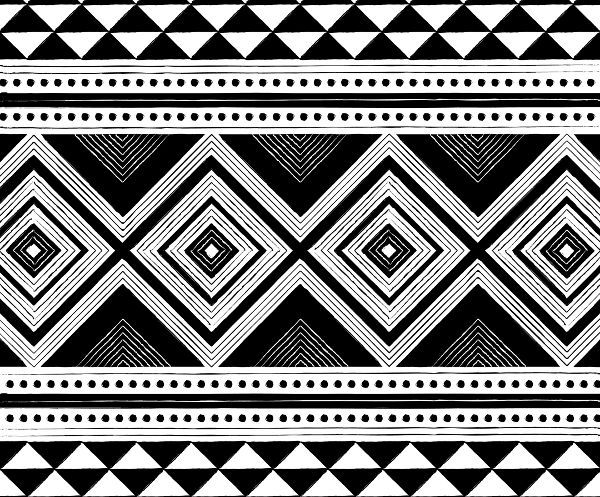
Symbols and Patterns: Ewe patterns can include representations of animals, like crocodiles or birds, which symbolize particular values or historical events. These symbols may be woven directly into the fabric, adding a narrative aspect to the cloth
.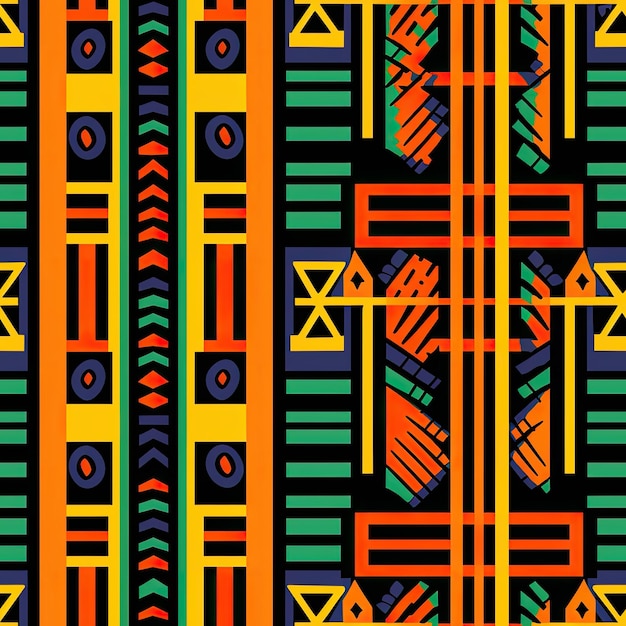
Use of Text and Proverbs: Some Ewe kente incorporates phrases or proverbs, woven into the cloth itself, which is less common in Ashanti weaving. This allows the cloth to convey messages or reflect cultural wisdom.
Cultural Significance: For the Ewe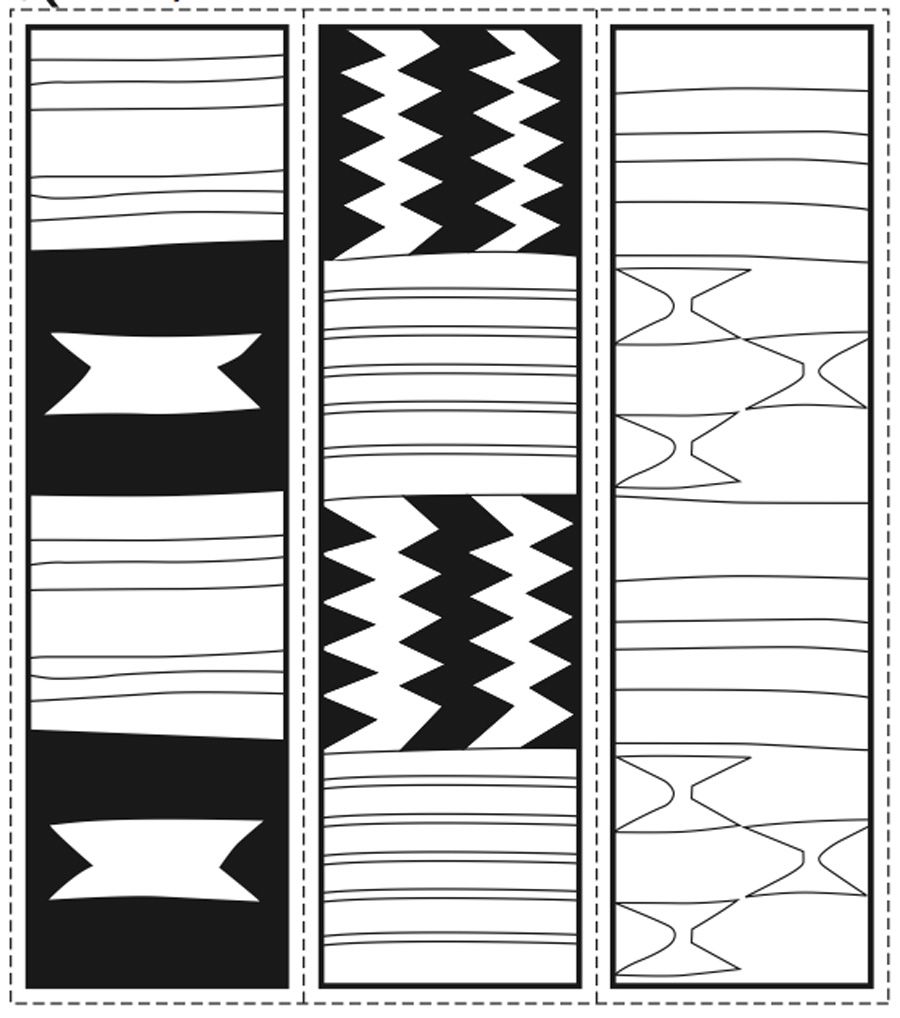 kente is used during festivals such as Hogbetsotso, which commemorates the migration of the Ewe people, as well as during traditional rites of passage, weddings, and funerals. It serves as a marker of identity and cultural pride, connecting wearers to their heritage.
kente is used during festivals such as Hogbetsotso, which commemorates the migration of the Ewe people, as well as during traditional rites of passage, weddings, and funerals. It serves as a marker of identity and cultural pride, connecting wearers to their heritage.
3. Comparative Aspects of Ashanti and Ewe Kente
Weaving Techniques: While both groups use looms to create kente, Ewe weavers are known for weaving longer strips, which may allow for more intricate patterns and motifs compared to Ashanti kente, which tends to focus on geometric shapes and color combinations.
Design Approach: Ashanti kente often prioritizes bold, geometric patterns and color symbolism, with each cloth design named after a proverb, event, or personality. In contrast, Ewe kente may feature figurative designs and symbolic representations, sometimes incorporating small pictures or symbols directly into the fabric.
Cultural Usage: Though kente is a symbol of prestige in both cultures, its use among the Ashanti was initially more exclusive to royalty and the elite, whereas the Ewe used it more broadly across different social groups. Today, both groups wear kente for special occasions, with the cloth serving as a cultural emblem of pride, heritage, and identity.
4. Modern Adaptations and Significance
In both Ashanti and Ewe communities, kente has evolved beyond traditional uses to become a modern fashion statement. Designers incorporate it into contemporary fashion, accessories, and even home décor. It remains a symbol of cultural pride and is often worn during national celebrations like Ghana’s Independence Day and other Pan-African events.
Efforts to preserve the traditional techniques and meanings associated with kente are ongoing in both Ashanti and Ewe communities, where weaving remains a significant cultural and economic activity.
Kente serves as a shared cultural heritage that unites both the Ashanti and Ewe people, while their distinct weaving traditions highlight the diversity and richness of Ghanaian cultural expression.

 Rather than belonging to royal tradition, the Kente cloth in this way relates more to the experiences of daily life.
Rather than belonging to royal tradition, the Kente cloth in this way relates more to the experiences of daily life.
.jpg?alt=media&token=692acbd0-c525-46fb-8246-02b126b2ff14)
 Kpetoe Kente Weaving Village is located near the Togo border, a cluster of villages called Kpetoe has produced kente cloth for generations. It is renowned for high-quality Ewe kente, which is unique in design and often less expensive than that from other regions.
Kpetoe Kente Weaving Village is located near the Togo border, a cluster of villages called Kpetoe has produced kente cloth for generations. It is renowned for high-quality Ewe kente, which is unique in design and often less expensive than that from other regions.






